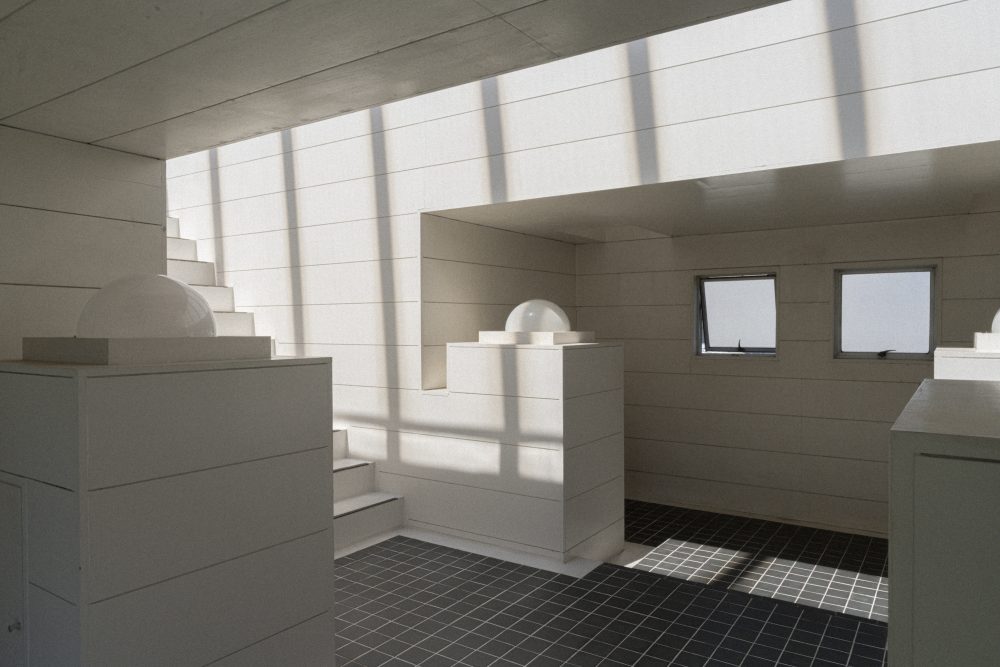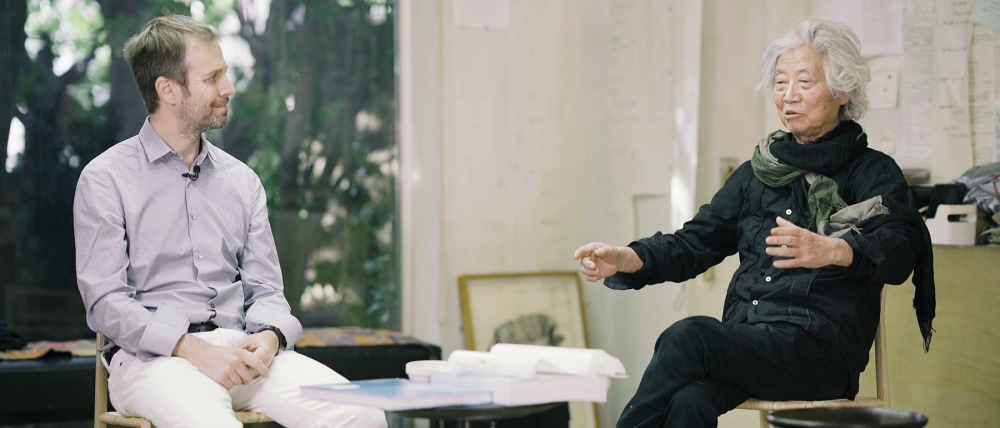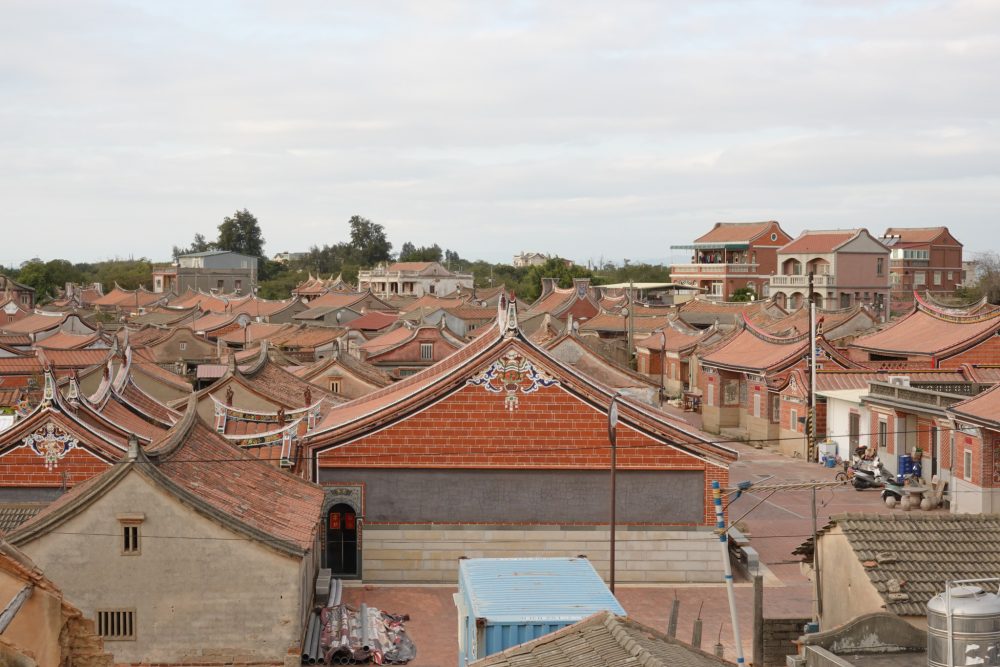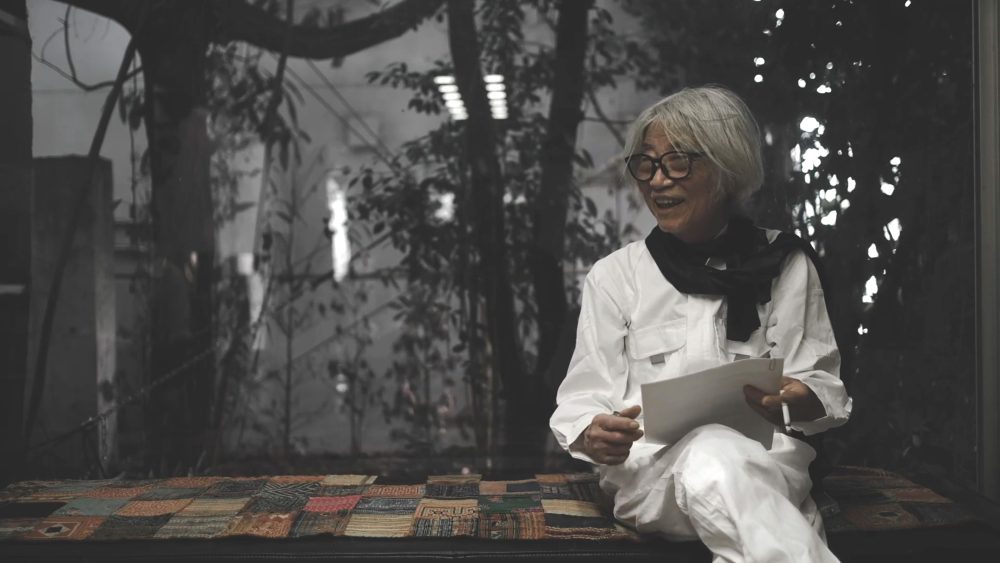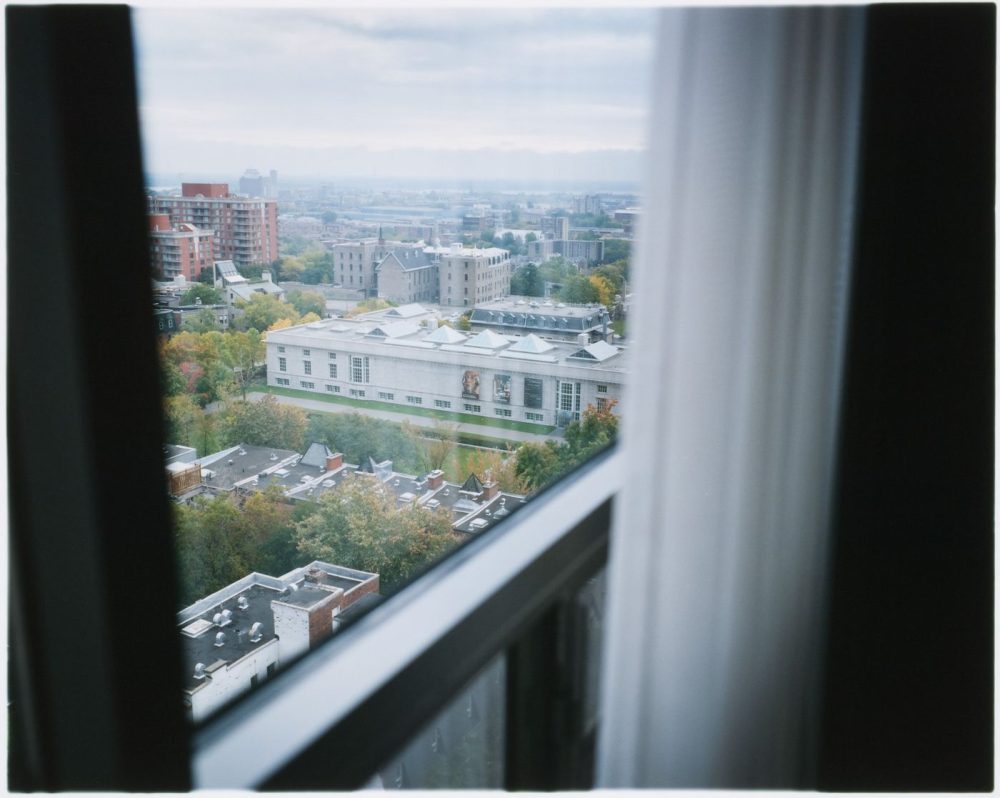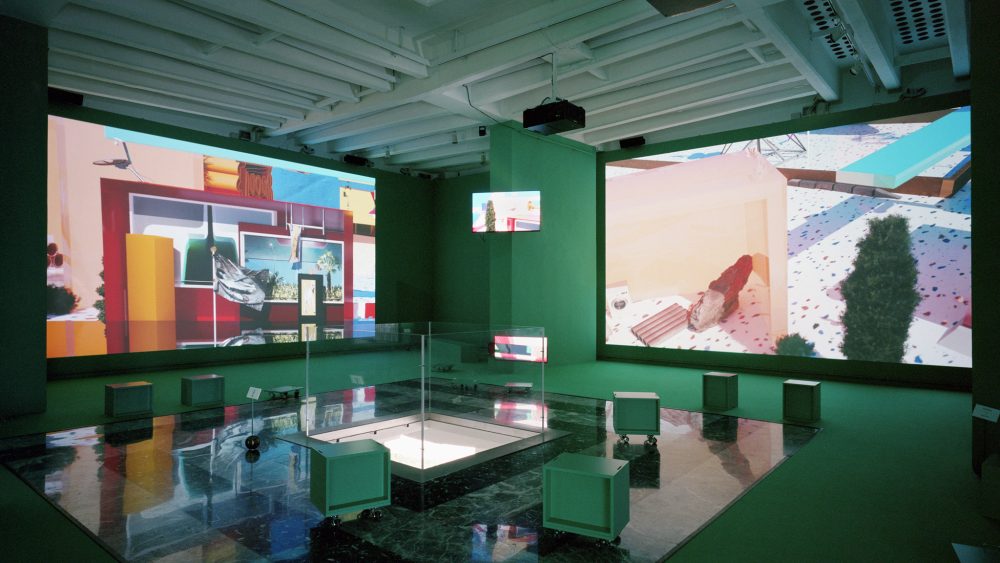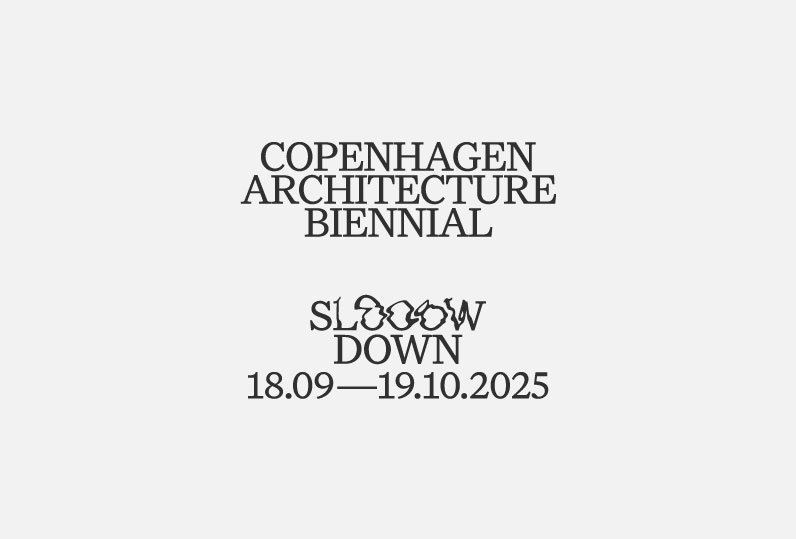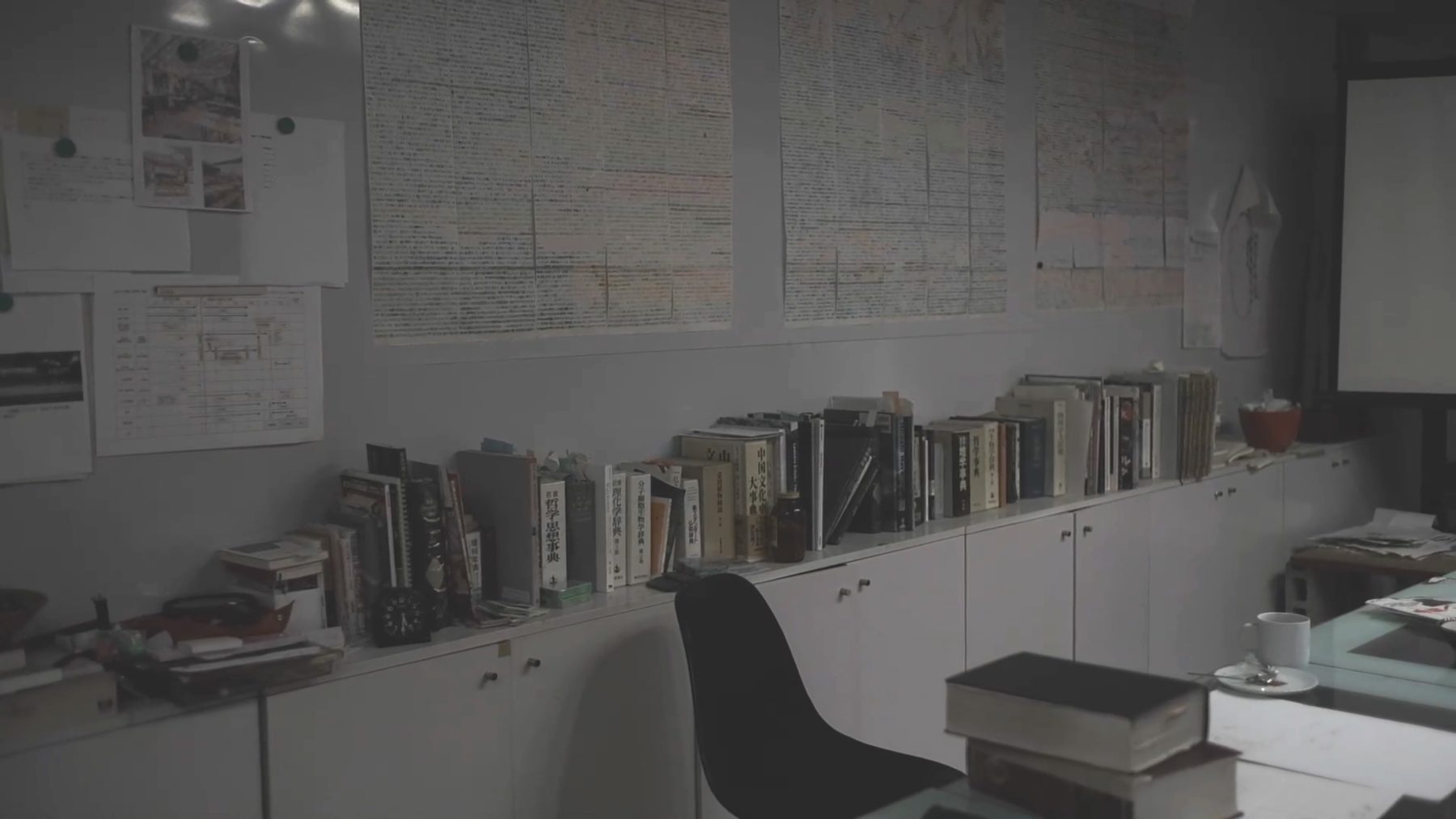
Series Opening a Window to the World
Hiroshi Hara and Fictionality (Part 2)
10 Nov 2025
- Keywords
- Architecture
- Interviews
(Continued from Part 1) This text is a transcription of an interview with Hiroshi Hara, conducted at Atelier Φ Architectural Research Institute on June 28, 2021. Spanning three hours, the interview traces his narrative from childhood memories to reflections on mortality.
Geometry and Imagination
Well, mathematics is amazing. When we talk about geometry today, we’re referring to the geometry that was created by Euclid 2500 years ago—or perhaps 2400. Since then, geniuses like Gauss have emerged and done many things, but basically, the system established back then is what we refer to as geometry. Around 1800, Gauss appeared, and he more or less understood that new forms of geometry were possible. Geometry is really a matter of imagination, isn’t it? Imagination can freely handle all kinds of things, but there is no demand for it. Over the last 200 years, people in the world of geometry have endured patiently, thinking on their own and considering an extraordinary range of things.
It’s very difficult. I say I like it, but no matter how much I try, I just can’t understand it. There are parts I simply can’t grasp. It’s hard. My imagination doesn’t grow that way. I can’t even picture things like, “It might be like this.” Of course, not everything is like that. They created a way of explaining how this world can be described. The way mathematicians explain things is incredibly rich in imagination. That’s why I trust mathematicians. While I can’t say this to everyone, those who do mathematics generally understand a great deal.
However, what that means in terms of daily life is very unclear. But, for example, the idea of “stand separately” that I learned in a village—the concept of a discrete society—could not be explained without mathematicians. The term “discrete” comes from that. I understood what it meant because I learned it through mathematics, so I can now say it. But it’s incredibly fascinating—the way the world is conceived, especially the way time is considered.
Topology
When we talk about new geometry—topology—let me show you this. Do you understand this [while pointing to (0,1)]? This is a coordinate on the x-axis. Here we have point 0 and point 1. If you remove these points and take only the interior that part is (0,1). It’s an open interval. This part isn’t closed, you see. According to mathematicians, (0,1) and (-∞,∞) are structurally the same. (-∞,∞) is essentially eternity, right? (0,1) is a moment. In other words, if we were to say, for example, “Let’s try to feel eternity while thinking for 10 seconds,” it’s difficult to do, but if we truly value those 10 seconds, they become eternity. So, the idea that eternity exists in a moment is true—you know, in the world of topology in mathematics.
It’s the same in Buddhism. For example, Dōgen says “without beginning or end”, also expressed as ʻno end.’ It’s a Buddhist view of time as having neither a beginning nor an end—a very profound concept of time. This is very much an Asian perspective. But if we go into difficult explanations, everything becomes different, so let’s just take this as one example. It’s an example of fictionality. If we measure distance as one meter, two meters, that’s not the point. It’s about how things appear when viewed from this perspective. This is just one perspective, but in the system of geometry, it’s about how things can be seen. That’s what we’re trying to do. I think that’s what fictionality is. Modern geometry, I believe, is immensely rich in fictionality. When we tell a new story, it could be done solely through imagination. If you have sufficient imagination, you don’t even need to study it—you can speak through imagination. But of course, that’s generally very difficult. Mathematicians, however, can say these things with ease.
-

“The idea that eternity exists in a moment is true.”
Fiction and Fantasy
For example, the concept of eternity tries to place the entire world into a circle with a radius of one. Many people have attempted this, and I find that kind of imagination truly fascinating. So, there might be a new kind of geometry as a form of imagination.
Physics, in the end, is a form of fiction, since it remains a hypothesis until new discoveries are made.
How far can we truly believe in fictionality? After all, we fundamentally doubt even matter and life itself. That naturally raises concerns—can we really afford to doubt so much? And yet, physics remains extraordinary. No matter how many experiments we conduct, we always arrive at a world where, under the same conditions, the same results inevitably appear. Why is that? That, too, must be a form of fictionality—something that, as a discovery, carries an undeniable certainty. Perhaps, in the same way, the claim that God exists is just as certain as physics. In the end, we do not really know what the truth is. As architects, the way we live is, in a profound sense, architectural—we live by thinking architecturally. We approach architecture in a way that allows us to construct and interpret the overall narrative in a fictional manner. Perhaps this connects to the discussion we had at the beginning of today’s conversation.
Oe-san [Kenzaburo Oe] once said that imagination has three stages. The first is delusion, which is utterly incoherent and a fundamentally flawed way of thinking. The final stage is conception. And in between lies fantasy, which may hold great value. According to Rumi Quotes, delusion is dismissed entirely, while fantasy is highly esteemed. After all, theosophy is about knowing God, and the fact that this act of knowing is inherently fantastical is of immense significance. If something is fantastical, it possesses beauty, and through that beauty, one can come to know God.
Pond of Sky
There’s an Argentine artist who made the pond [Palimpsest: pond of sky] for me, Leandro Erlich. This is a photograph. The reflection you see here aligns perfectly with the actual pond beneath. It’s wonderful. It’s somewhat like Thoreau’s Walden.
When building architecture, it’s not just about architecture. Although I already had that tendency, it was really because of my village surveys. When investigating villages, I wondered what people were thinking and studied the culture behind them. In doing so, I began to see many things in history, and the more I learned, the more worlds I was able to engage with.
Thoreau, for instance, began surveying. He graduated from Harvard and went to live in the nearby woods. Everyone believed that the pond was so deep it reached the opposite side of the Earth, so he thought, well then, let’s measure it. This is said to be the beginning of surveying in America. There’s even a theory that it was the beginning of pragmatism. The point is that people thought the pond was so beautiful that they imagined there was a hole that reached the opposite side of the Earth. He [Leandro Erlich] didn’t know this story, but in a way, he made it real. He was hesitating at first, but I told him that it would be better to break it into smaller parts in the case of the sky, and gradually he created something wonderful.
For example, Buckminster Fuller was an extraordinary figure, right? There are many such remarkable people in other fields as well. But architecture has narrowed its focus so much, becoming absorbed in its own little circle, so it fails to recognize the true greatness of those with a broader vision. Once you start thinking in terms of fictionality, though, if you approach things that way, you could write a great story—not necessarily in architecture. Still, I feel architecture is the most distinguishable one. But if it ends up being seen as mere delusion, then there’s nothing that can be done.
What do you think distinguishes delusion, conception, and fantasy?
I’m not sure. Maybe it’s history? Perhaps there’s a kind of historical judgment, something that will be questioned. I think that’s one important answer in What Is Possible in Architecture. History calls you. Even if you try to run, history calls you back. So, you can’t let your guard down. That’s why the system of modernity—equating everything with homogeneous space—is dangerous. It’s very dangerous to treat everything as equal.
-
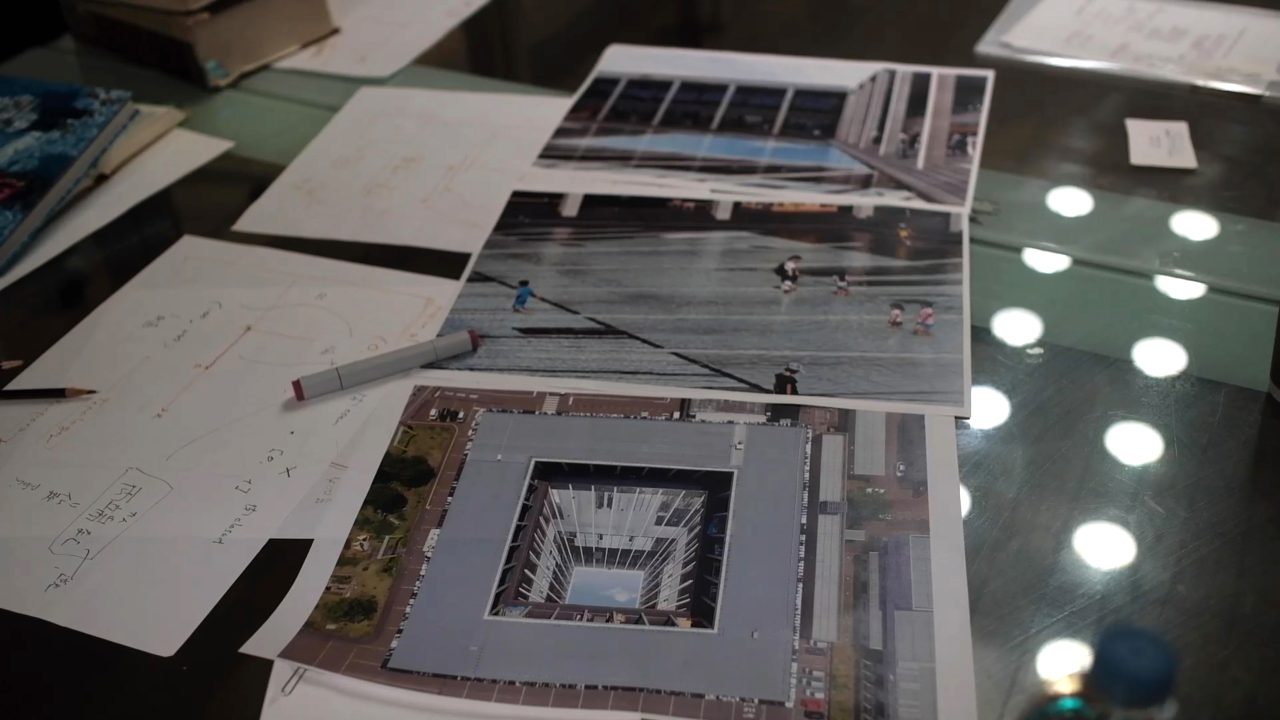
“The reflection you see here aligns perfectly with the actual pond beneath.”
Discrete Society
The students are causing a commotion, and it’s uncertain when things might change. The teachers, well, some of them, are talking about becoming oden shop owners or things like that. So, in times like these, where should we go? Perhaps it was because of such times, but I thought it might be a good idea to look at villages once again.
Why? Because, you see, I’ve been looking at cities all along. When I was 30, I wrote a book called What Is Possible in Architecture, handed the manuscript to my wife, bought a round-the-world ticket, and spent two months traveling around. My impression was that modern architecture is very interesting—I understood that. Especially Buckminster Fuller’s glass sphere in Montreal— I thought it was truly amazing. But at the same time, I also thought history was incredible. When I went to Europe, I felt, wow, this is amazing. For example, when I went to Istanbul, I thought the mosque was beautiful. But then I thought it might be better to visit villages. It might be second-hand, but I decided to take it seriously and try it. So, the first place I went to was the M’Zab Valley, where Le Corbusier had gone. And there it was, standing there like something out of a vision. This is amazing. I really think you can’t understand it unless you experience it yourself.
Then, when I went to Central and South America, I found mostly unremarkable towns, but there was one particular type of discrete village. Each house was separated, yet voices could still reach each other, and signals could be transmitted. These were scattered villages. In the end, after seeing various villages and learning many things, I thought that it was the most interesting one. I’m glad I went. People in Europe don’t know about these discrete villages. Of course, they’re written about in books, but the concept of “discrete” isn’t really explained.
It’s a very interesting village, built on extremely barren land, with houses set apart. What this means is that, since the land is barren, after farming for a certain period, you must leave it and wait for the next year. What do people do during that waiting time? I think this is important, but it seems like everyone is simply left to live on their own, like they just must manage by themselves. When farming is possible, the community is important. But in the following year, it becomes a discrete world, with everyone standing apart. There’s no way to help each other, so it’s just about getting by. I think villages are something like that. There must be a good world out there. And making it into a form of fiction… I might be interpreting it like that. Even if the facts are completely different, it’s fine. Well, that’s the world.
I still don’t fully understand, or rather, I don’t know much about it, but I think a discrete society, not a democracy, is the society of the future. If you tell children to live discretely, it’s impossible, right? You can’t expect a child to live on their own. They need help from others. But after a certain point, there’s something valuable in holding back what you want to say and just going along casually. That can be good too. Maybe that’s what’s needed. That’s the kind of society, a discrete world that I’ve found.
What was there at the time was the idea of Architecture Without Architects, and perhaps it was that kind of thinking. But it’s not just that. It’s more about how human beings can gather or form groups in various ways, and that’s basically what I believe. At that time, if it were just my personal interpretation, I probably wouldn’t be trusted. People might think, “Isn’t that just your personal opinion?” or “Isn’t that an arbitrary view?” But if I say, “Well, mathematicians say something like this,” then they have no choice but to agree. I think it’s like that. Mathematics—especially geometry—shouldn’t be regarded as ordinary knowledge. It’s one form of imagination. That’s how we need to think about it.
Yukotai
There is such a thing as a Yukotai (porous body). It has a hole in it. In fact, what I’ve been thinking about all along comes down to this: how can we make such things in the most beautiful way? Geometry isn’t necessarily just about holes, but in architecture there are windows and entrances, so it inevitably ends up being about holes. Then, what about geometry? There are parts that are well-organized, which are spheres without holes and with no boundaries on the surface. A balloon, however, has boundaries. If you don’t seal it, it won’t be a sphere. If you spread it out, it becomes like paper.
Topology is about stretching, shrinking, and doing various transformations. Just like the earlier example of a moment and eternity, or like the Nyoibo—something squeezed tightly and something stretched out can be the same. In that sense, the torus is a unique concept, with one hole in the middle. There is also a shape called Σn [Sigma-n], where there are n holes. Mathematicians call it an n-person float ring. The model we are trying to make this summer in Noto is that. It’s like an 8-person float ring. If we take that and push it further mathematically, a concept called a bouquet emerges.
The shape of things seems three-dimensional, but as a surface, it’s two-dimensional. So, in two dimensions, there are shapes without holes like spheres, tori, and Σn. A hole made with a pencil in paper is close to architecture. Poincaré discovered something called combinatorial geometry. He thought that shapes cannot be conveyed to others. So, he changed his approach and began to explain them by gluing things together—by combining surfaces.
I keep a mathematics book in the top drawer. It’s written by Yukio Matsumoto, a professor of topology. This is the only book I trust. It’s the one I read, the one I go back to repeatedly. But the parts I don’t understand, I simply don’t. After all this effort, to realize I’ve only gained this much can be disheartening. Still, it surely connects to many things, to deeper understanding, so it can’t be helped.
So, when I reflect on the basis of imagination, if there are results from others’ work, I think it’s better to follow those rather than relying on my own imagination—on the imagination of forms. When I consider what is the easiest to understand, although it’s the most difficult, I think it’s mathematics. For example, with music, it’s hard to understand what’s going on. But mathematics is different: for 200 years, mathematicians all over the world have been silently thinking intensely. No matter what happens, they remain silent, communicating with each other, and building a world. They must surely be thinking about something incredibly profound. It’s just that we can’t understand it. But without doubt, they are thinking of something extraordinary.
In that sense, when I think, “Ah, that’s why that architecture is the way it is,” I think what’s called fictionality contains an element of hope—something to expect from history. So, does a world without gods have no hope? Not necessarily. In history, there is hope in believing in history.
-

“Just going along casually. That can be good too.”
On Studying Mathematics
When did you start studying mathematics?
I started studying mathematics seriously, honestly, after I left university. Back when I was there, people retired at 60. So, I was still energetic. I was in the middle of designing the Sapporo Dome. But by the time I reached 60, I had forgotten everything, so I started again from basic differential calculus and fundamentals. That’s when I realized I had no foundational understanding of mathematics at all. I was doing everything by self-study. I’d come across something, and think, what does this even mean? I understood the meaning, of course, but it was such a big barrier that I couldn’t even read it. So, I learned that self-study has limitations. This is when you realize how crucial lectures are. What’s even more important is when the professor stands in front and speaks, and you overhear conversations between the professor and assistants while the rest of the students are sleeping, and you slowly come to understand—”Ah, so that’s what it is.” That’s how I came to know it.
Your question was a good one. When did I start studying? It was after I turned 60, through self-study. Now it’s been 24 years now, but there are still things I don’t understand. I know exactly where the wall is. If you can imagine what that concept means, you can move forward and expand your vision. But if you can’t, you’re stuck at that wall. Normally, if it’s something basic, you’d understand it after reviewing it two or three times. But this isn’t like that—I still can’t.
Even as a mathematician, if you take a single day off, you need to study three days in a row to catch up. If you take three days off, you need a week of intense study. If you take a month off, you should probably quit being a mathematician. You must repeat the same concepts every day, or you’ll lose the ability to think about them. It’s like a pianist who hasn’t played the piano for a month and then their skill level drops drastically. You must think about mathematics every day, just like how architects think about architecture daily. If you think of mathematics that way, it could be fun. If you understand, it’s interesting; if you don’t, it really isn’t. However, as you understand more, your hope grows. There probably aren’t any other people who think about architecture through mathematics, so that’s unique. Whether it leads to great results or not, that’s another story, but it’s unique.
Schema of Scene and Microduration
Modernity is, in essence, time. Architecture has long been a combination of time and space, and that’s nothing new. However, there is this concept that architecture is an event. Wittgenstein said that the total sum of the world is not the sum of objects, but the sum of events. Dōgen said that everything is time—mountains are time, seas are time. Mountains and seas are events, and that way of thinking is quite powerful.
Fictionality means, for example, when you create something like tobacco, it is fictional. When designing a building, you think about how people will appear in that space or how you can make it look beautiful. You imagine these scenes—what I call the schema of scene. Thinking in terms of schema of scene means considering constantly changing scenes, or even symbolic transitions that may not change in obvious ways. That’s a temporal change, like how scenery changes. That’s what I mean when I say events.
How does the schema of scene connect to geometry?
Well, the way they connect is through symbols. Normally, scalar fields would represent terrain, and vector fields represent things in motion. In these fields, objects appear as symbols. So, in a space, we bring an object onto the stage. This corresponds to a particular position, and that’s what we call a field. When we talk about symbols, we think about how to position them in these fields. This is something I’m exploring. If you think of it this way, symbol A enters the stage, then symbol B appears, and they interact. Even if you can’t describe the heart of the story, the movement of objects within the scene can be written in a way that reflects their position over time. It’s like a comic, you could say. In this way, architecture is created while considering these dynamics.
I think it’s better not to say too much about what symbols really are. Leaving the ambiguity as it is, firstly, we think about whether we can position a symbol in a particular place. This place is structured as a field. I think this is where architecture becomes interesting, as it allows us to structure these fields.
Then, perhaps this is where I’ve arrived today. I have this idea of microduration. The concept of (0,1) is eternal, and life itself is a form of duration. Architecture exists in very narrow durations where things continuously change. That’s the reality, and the real question is how to construct this change as a fiction. For that, we need conceptual devices to make it happen. Microduration is such a concept—like when your life is divided into four, five, or six phases, you can label them in sequence: γ1, γ2, γ3, then γ4, and γ5.
Practically speaking, as I get older, I think a lot about dying. The idea is to die before you die. This comes from Kūkai in Japan. He wrote die, die, die, die, die—five times. He tells you to experience five deaths before your real death. That’s fictionality regarding the way one dies. There’s no correct answer, and nothing may work, but still, “die before you die” is a great phrase. People don’t realize this, but it was written about 800 years ago by Kūkai.
Hiroki Kominami
Urban historian. After completing a Ph.D. of Engineering at the Department of Architecture, Graduate School of Engineering, the University of Tokyo, served as an Assistant Professor at the Institute of Industrial Science, the University of Tokyo since 2020. The doctoral dissertation is Urban Architectural History of Shrines in Edo-Tokyo. The current research focuses on the socio-spatial history of low-density residential areas and on modern and contemporary Brazilian architecture. Co-translator of EXPERIENCE: How Life Sciences Transform Architectural Design (Kajima Institute Publishing, 2024).
Veronika Ikonnikova
Architect from Ukraine. Educated in both Ukraine and Japan. Master of Engineering degree from the Department of Architecture, Graduate School of Engineering, the University of Tokyo in 2018. Worked at Kengo Kuma & Associates since 2019.
Tyler McBeth
Architect from Colorado. After graduating from Texas Tech University in 2015, earned a Master of Engineering degree from the Department of Architecture, Graduate School of Engineering, the University of Tokyo in 2018. Worked at Nikken Sekkei since 2019.
Soichiro Harada
Architect, licensed as a First-Class Architect in Japan. Worked at Kengo Kuma & Associates from 2015, and after completing a Master of Engineering degree at Columbia University GSAPP in 2024, joined BIG’s New York office. Co-translator of The Placemaking Handbook: How to Transform Public Spaces into Attractive Places (Gakugei Publishing, 2025).
Hiroshi Hara
Born 1936 in Kanagawa, Japan. Graduated from the Department of Architecture at the University of Tokyo in 1959. Completed the doctoral program at the university in 1964. Doctor of Engineering. Associate professor of architecture at Toyo University from 1964. Associate professor at the Institute of Industrial Science at the University of Tokyo from 1969. Professor from 1982. Named a professor emeritus upon retiring in 1997. Conducted design work in partnership with Atelier Φ from 1970 to 1998. Renamed the firm Hiroshi Hara + Atelier Φ in 1999. Named a profesor ad honorem at the University of the Republic in Uruguay in 2001. Passed away in 2025.
